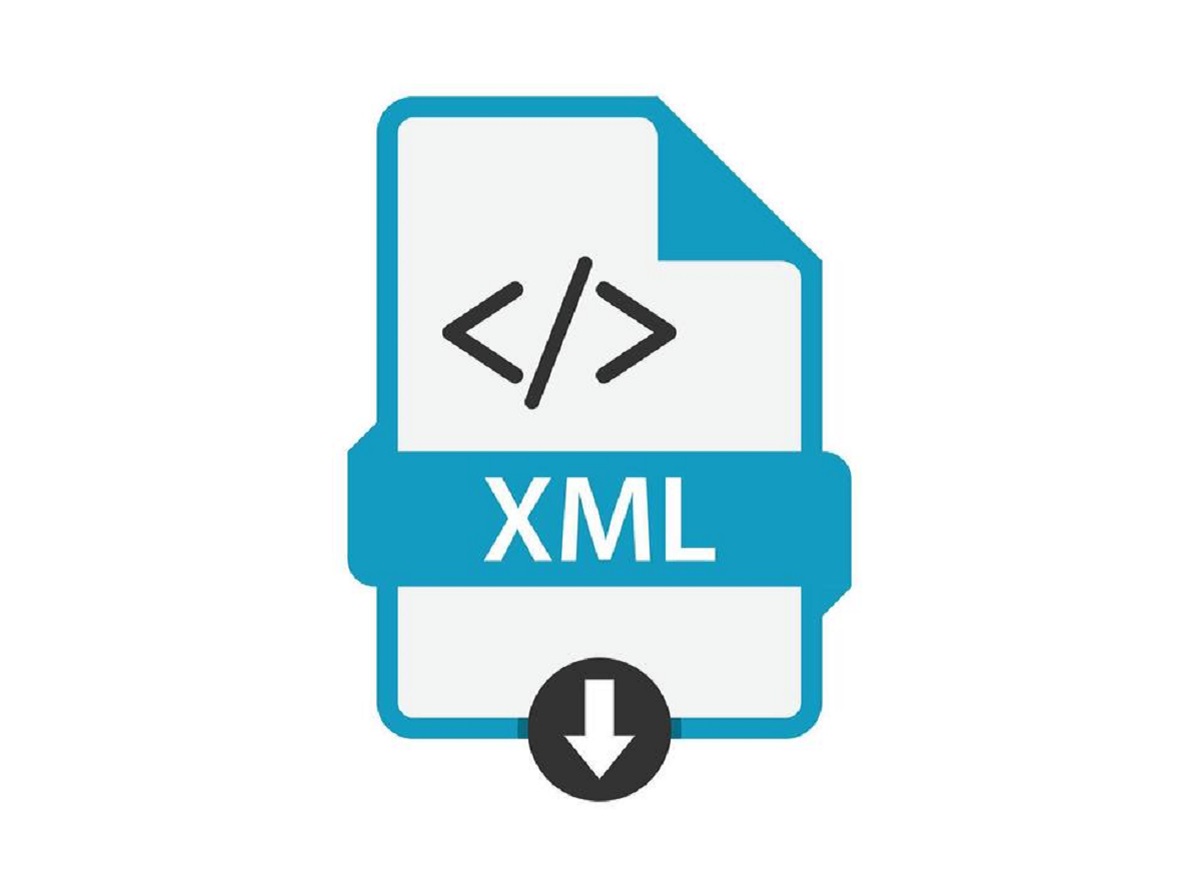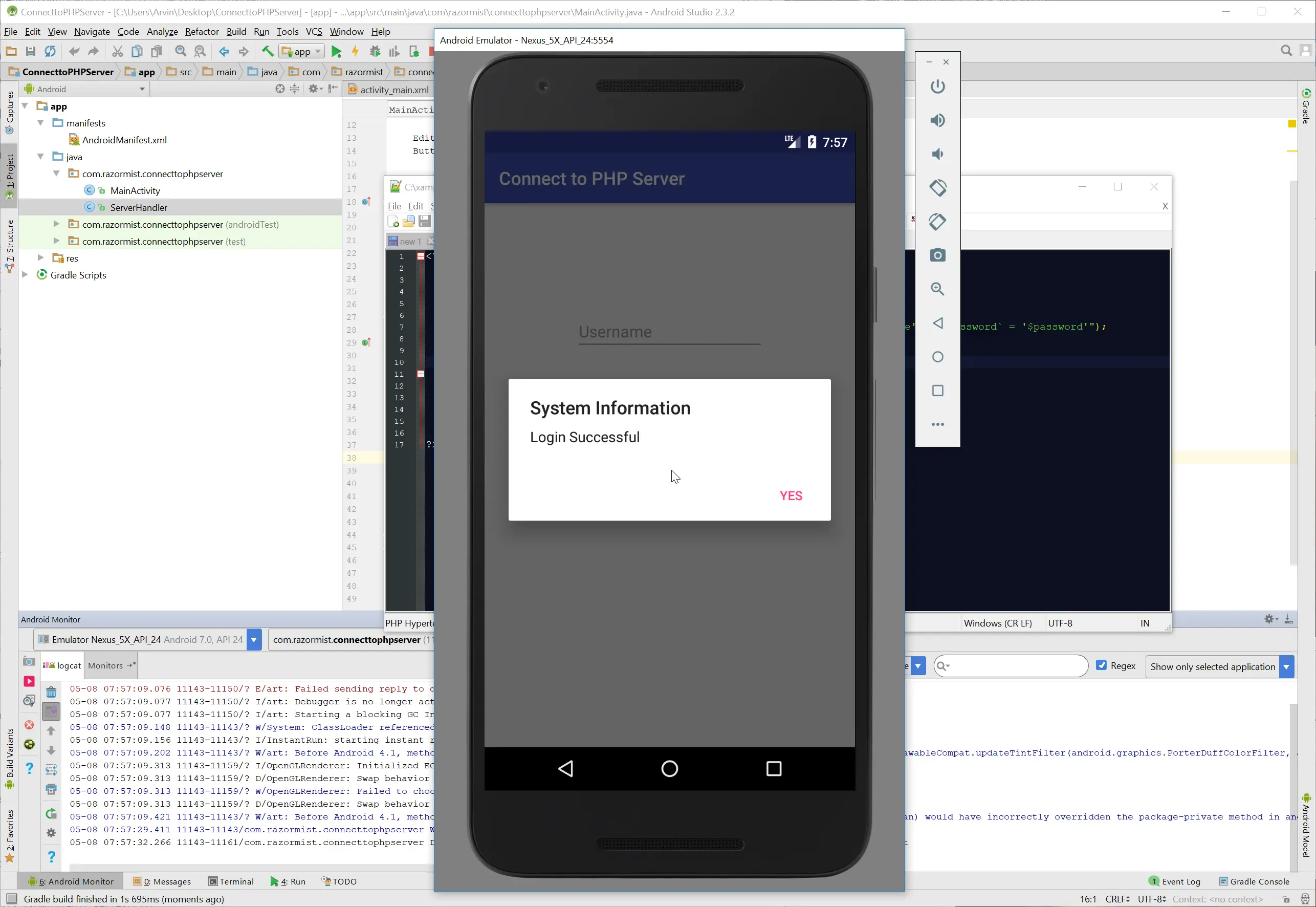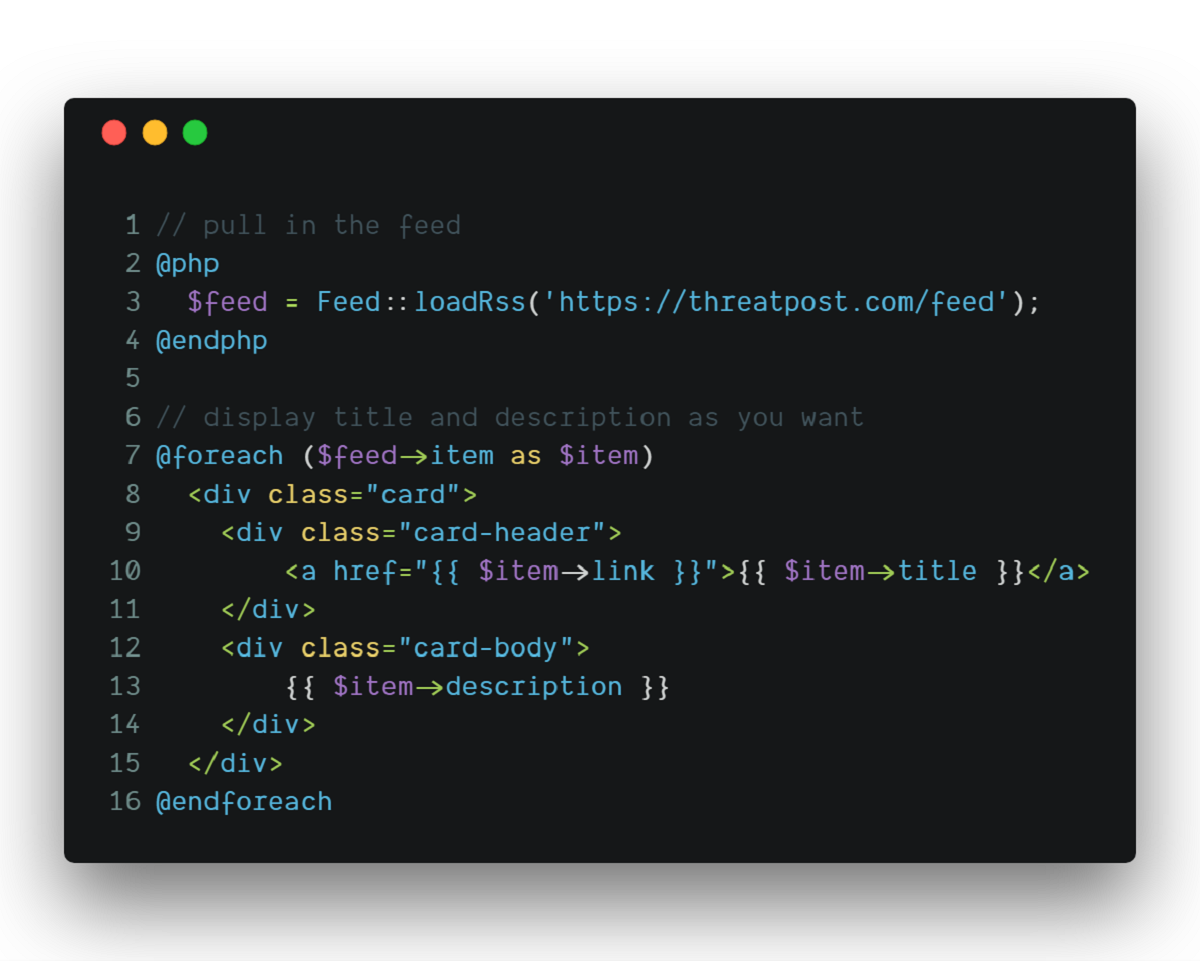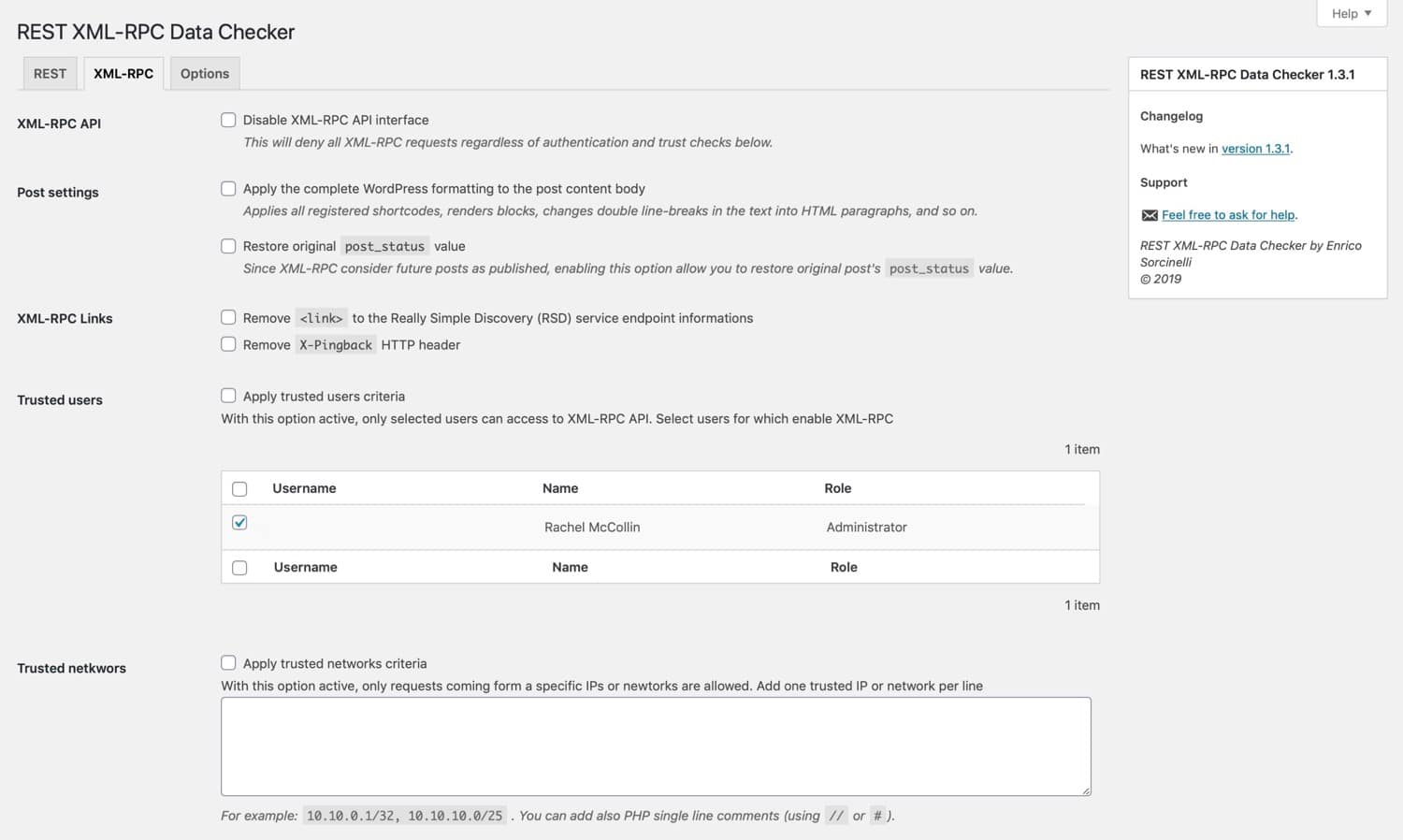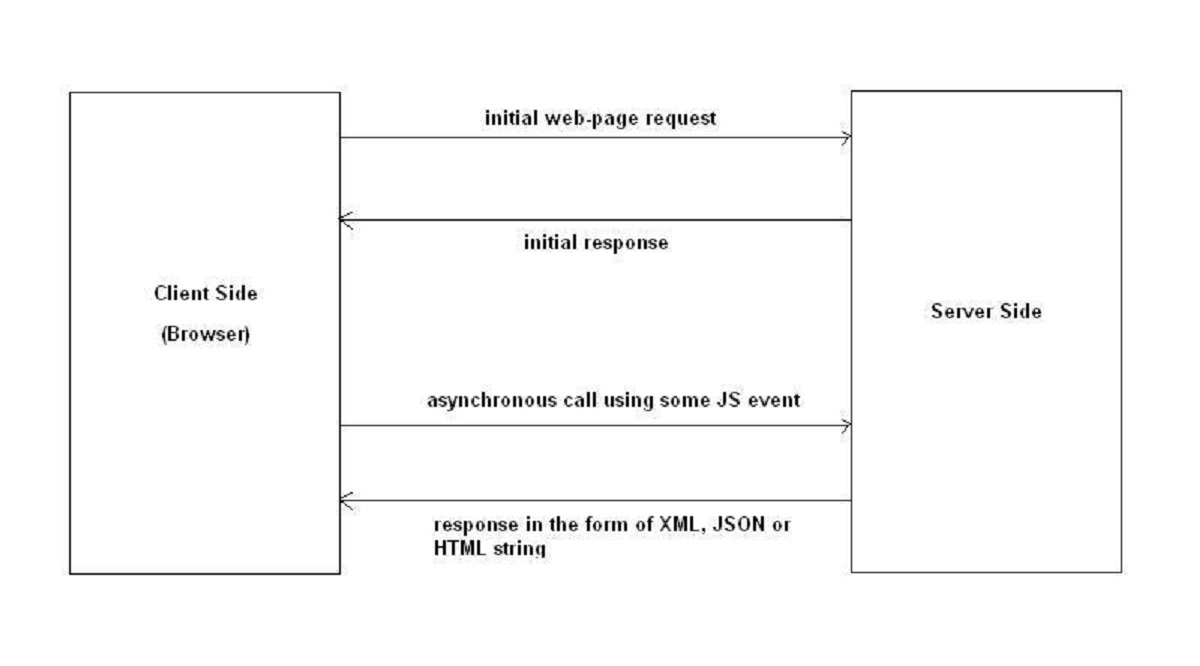Introduction
Downloading XML files can be necessary for various purposes, such as accessing data, importing it into a database, or analyzing structured information. XML (eXtensible Markup Language) is a widely used format for organizing and storing data in a hierarchical structure. It is often utilized in web development and data exchange between different systems.
In this article, we will explore different methods to download XML files from the internet. Whether you are a non-technical user or a developer, there are multiple approaches available that cater to different needs and preferences. From utilizing website links to using programming languages like Python, browser extensions, or command line tools, we will cover the most efficient and convenient ways to download XML files.
Before diving into the methods, it is important to ensure that you have a basic understanding of the XML format and its utility. XML files consist of text-based markup language that encodes structured data. They utilize opening and closing tags to define elements, which can include attributes and nested elements. This hierarchical structure allows for efficient organization and retrieval of information.
Whether you need to download an XML file for personal or professional purposes, this article will guide you through various options. By understanding these methods, you will have the flexibility to choose the one that best suits your needs, depending on your technical expertise and the specific requirements of your project.
Method 1: Downloading an XML file using a website link
One of the simplest ways to download an XML file is by directly accessing a website link that provides the file. This method is great for non-technical users who are looking for a hassle-free solution. Here’s a step-by-step guide on how to do it:
- First, open your preferred web browser and navigate to the website that hosts the XML file you want to download.
- Find the link to the XML file on the website. This link might be labeled “Download,” “XML,” or something similar.
- Right-click on the link and select “Save link as” or “Save target as” (depending on your browser) to initiate the download.
- Choose a location on your computer where you want to save the XML file. It is recommended to select a location that you can easily find later.
- Click “Save” to start the download process. The XML file will be saved to the selected location on your computer.
By following these steps, you can quickly and effortlessly download an XML file using a website link. This method is ideal when the XML file is publicly accessible and provided by a trustworthy source. However, keep in mind that the availability of the XML file through a website link is dependent on the website’s configuration and any access restrictions that may be in place.
It’s worth noting that if you encounter any issues with the download or the XML file is not available through a website link, you can explore other methods described in this article. The following methods offer alternative approaches to downloading XML files, which can be useful in different scenarios.
Method 2: Downloading an XML file programmatically using Python
For users with a technical background or those who prefer automating the process, downloading an XML file programmatically using Python can be a powerful option. Python is a versatile programming language that provides libraries and modules to facilitate web scraping and file downloads. Here’s how you can accomplish this:
- Begin by installing the requests library in Python. Open your command line or terminal and run the command
pip install requests. - Next, create a Python script or open an Integrated Development Environment (IDE) to write your code.
- Import the requests library into your Python script by including the line
import requests. - Specify the URL of the XML file you want to download.
- Use the
get()method from the requests library to send a GET request to the specified URL and retrieve the XML file contents. - Save the response content to a file by opening a new file in write-binary mode and using the
write()method to write the content you received.
By implementing these steps in your Python script, you can programmatically download an XML file. This method is particularly useful when you need to automate the download process, integrate it into a larger workflow, or perform additional data manipulation tasks on the XML file using Python.
It’s important to note that when programmatically downloading XML files using Python, permission to access the XML file might be required. Additionally, ensure that you are following the website’s terms of service and any relevant legal guidelines.
Python offers tremendous flexibility and power when it comes to automating processes, making it an excellent choice for downloading XML files programmatically.
Method 3: Downloading an XML file using a browser extension
If you are looking for a user-friendly approach to downloading XML files, using a browser extension can be a convenient option. Browser extensions are small software programs that add functionality to your web browser. Many browser extensions are specifically designed to simplify file downloads. Here’s how you can use a browser extension to download an XML file:
- Open your web browser and go to the extension store for your particular browser (e.g., Chrome Web Store for Google Chrome).
- Search for a file download extension that supports XML file downloads. Some popular extensions include “Download All Files” and “Download Manager.”
- Install the extension by clicking on the “Add to Browser” or similar button.
- After installation, navigate to the webpage containing the XML file you want to download.
- When you find the XML file link, right-click on it and select the download option provided by the extension. This may vary depending on the specific extension you installed.
- Choose the location on your computer where you want to store the downloaded XML file.
- Confirm the download, and the browser extension will initiate the download process.
Using a browser extension for XML file downloads simplifies the process by providing you with a straightforward interface and additional features to manage your downloads. These extensions typically offer user-friendly options, such as the ability to pause, resume, or schedule downloads, making it more convenient to handle multiple XML files.
Keep in mind that browser extensions may have different features and limitations depending on the browser you are using and the specific extension you choose. Therefore, it’s recommended to explore multiple extensions and read user reviews to ensure that they meet your requirements.
By utilizing a browser extension, you can streamline the XML file download process and easily manage your downloads within your web browser, saving you time and effort.
Method 4: Downloading an XML file using a command line tool
For individuals comfortable with the command line interface and seeking a powerful and customizable solution, downloading an XML file using a command line tool can be an ideal choice. Command line tools provide advanced functionalities and allow for automation and scripting. Here’s how you can download an XML file using a command line tool:
- Open your preferred command line interface, such as Terminal (for macOS and Linux) or Command Prompt (for Windows).
- Use the
curlorwgetcommand, both of which are commonly available in most operating systems, to download the XML file. - Specify the URL of the XML file after the
curlorwgetcommand. - Optionally, provide additional arguments or flags to modify the download behavior as needed. For example, you can use the
-Oflag followed by a filename to save the downloaded file with a specific name. - Hit enter to execute the command, and the command line tool will begin downloading the XML file.
By utilizing command line tools like curl or wget, you have more control over the download process. These tools offer various options to customize the download behavior, such as resuming interrupted downloads, limiting download bandwidth, or specifying user credentials for authentication if required.
It’s worth noting that using command line tools may require a basic understanding of the command line interface and knowledge of the specific commands and flags available. However, once you become familiar with the commands, this method can be incredibly powerful and efficient, especially when combined with other command line tools or scripts.
Command line tools provide a flexible and robust approach to download XML files, offering a range of options to suit your specific needs and automate the process if desired.
Conclusion
Downloading XML files is a common task that can be necessary for various purposes. We have explored four methods for downloading XML files, each catering to different user preferences and technical expertise levels.
For non-technical users, utilizing a website link to directly download the XML file is a simple and straightforward option. This requires accessing a website that provides the XML file and saving it to a desired location on your computer.
For users with programming skills, downloading XML files programmatically using Python offers automation capabilities and flexibility. By utilizing the requests library, you can send HTTP requests to the XML file’s URL and save the response content to a file, allowing for easy integration into larger workflows.
Using a browser extension is an excellent choice for users seeking a user-friendly approach. These extensions simplify the download process and provide additional features for managing downloads, making it convenient to handle XML files directly within the browser.
For advanced users comfortable with the command line interface, utilizing command line tools like curl or wget offers significant power and customization options. This method is ideal for automating downloads or integrating into scripts and workflows.
By exploring and understanding these different methods, you now have the necessary knowledge to download XML files according to your specific needs and preferences. Whether you are a non-technical user or a developer, these methods provide flexibility and efficiency to access XML files and work with structured data effectively.
Remember to always ensure that you have the necessary permissions to access and download XML files, and adhere to any legal requirements or terms of service imposed by the website or data provider. With these considerations in mind, you can confidently proceed in downloading XML files and leverage them for your personal and professional needs.







